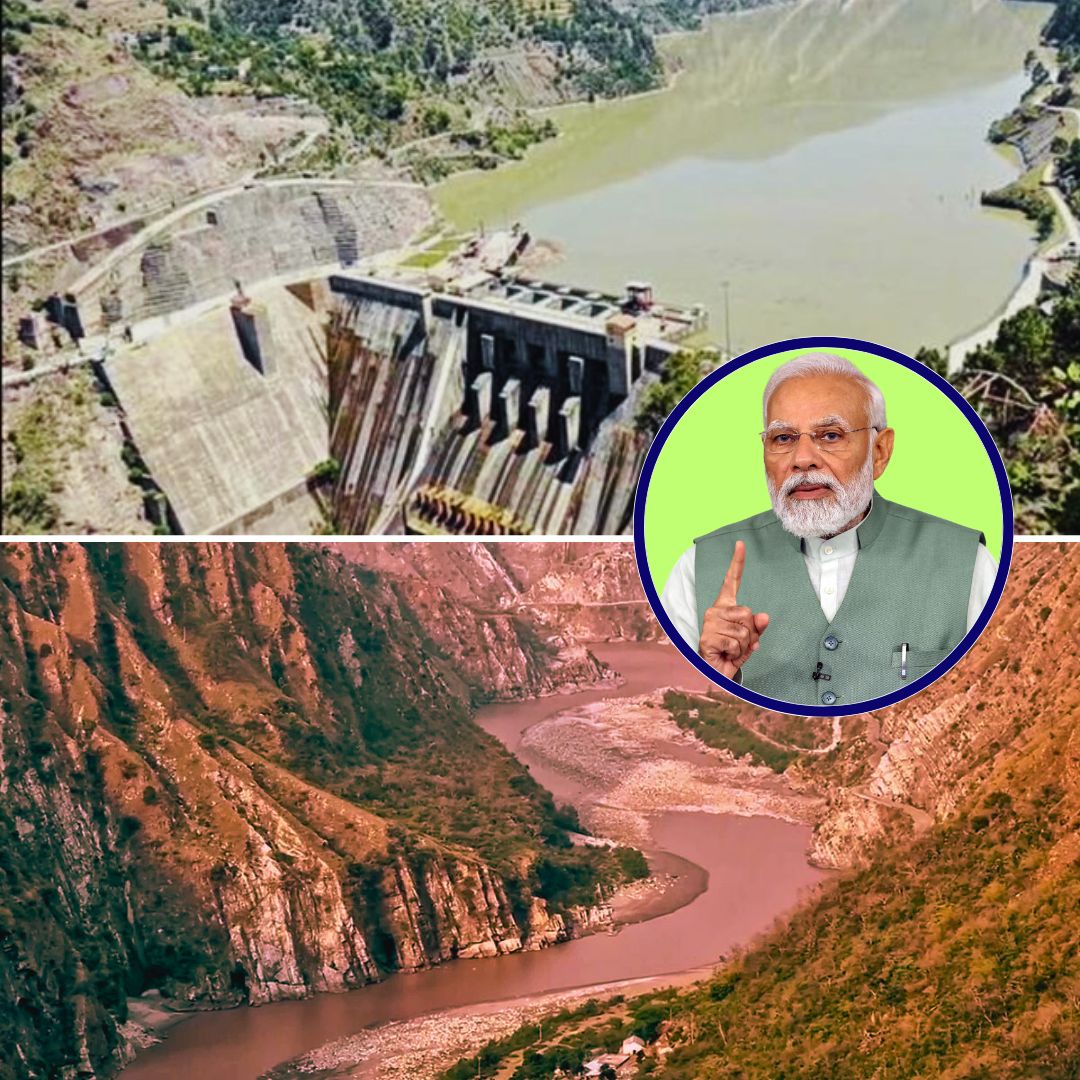India has released 28,000 cusecs of water from the Chenab River at Head Marala following nearly a 24-hour blockade that drastically reduced the river’s flow downstream in Pakistan. This sudden surge has triggered flood alerts for the Pakistani districts of Sialkot, Gujrat, and Head Qadirabad, with warnings of possible flash floods.
The move violates the Indus Waters Treaty’s stipulation for prior notification before altering river flows. India suspended the treaty after the Pahalgam massacre in April 2025, accusing Pakistan of harbouring terrorists. In response, Pakistan’s Indus River System Authority (IRSA) has initiated real-time river monitoring to manage risks amid escalating tensions.
Officials from both sides have exchanged statements reflecting deep mistrust, with India citing security concerns and Pakistan condemning the water manipulation as an act of aggression.
Sudden Water Fluctuations Raise Alarm Over Floods and Agricultural Impact
The Chenab River, a crucial water source for Pakistan’s Punjab province, experienced an unprecedented drop in flow when India closed all gates of the Baglihar and Salal dams, reducing the river’s discharge near Head Marala to as low as 3,100 cusecs from a typical 25,000–30,000 cusecs.
This near-drying of the riverbed allowed local residents in Pakistan to walk across areas normally submerged, a rare and worrying sight. After almost a full day of blockade, India released 28,000 cusecs of water suddenly, causing a rapid surge downstream.
Pakistani authorities promptly issued flood warnings for Sialkot, Gujrat, and Head Qadirabad, cautioning residents about the risk of flash floods that could damage homes, infrastructure, and farmland.
The erratic water flow has also raised fears over the early Kharif crop season, as the disruption threatens irrigation schedules and could lead to a projected 21% water shortage, jeopardising food security in the region. Local officials in Jammu, India, evacuated hundreds of residents near the Chenab’s banks in Akhnoor, anticipating dangerous water level rises.
Treaty Suspension and Strategic Water Control Escalate Indo-Pak Dispute
The Indus Waters Treaty (IWT), brokered by the World Bank in 1960, has long been a rare example of cooperation between India and Pakistan, governing the sharing of six rivers in the Indus basin. However, the treaty’s stability was shattered after the Pahalgam massacre on April 22, 2025, in which 26 civilians were killed in Jammu and Kashmir.
India accused Pakistan-based terrorist groups of orchestrating the attack and subsequently suspended the treaty, declaring it “null and void.” Since then, India has conducted “reservoir flushing” and maintenance operations at the Baglihar and Salal hydroelectric dams, actions India describes as routine but Pakistan perceives as deliberate attempts to restrict water flow.
These operations have reduced water discharge by up to 90%, severely impacting downstream Pakistan. Pakistan’s IRSA has responded by deploying real-time river monitoring systems to better manage water levels and issue timely alerts. Pakistani officials have condemned India’s unilateral actions as violations of international law and a form of “water warfare,” warning of serious humanitarian consequences if the dispute escalates further.
The Logical Indian’s Perspective
Water is an essential resource that sustains millions of lives on both sides of the India-Pakistan border. The recent developments surrounding the Chenab River highlight the dangerous consequences when natural resources become tools of political conflict.
The Logical Indian believes that despite deep-rooted tensions, cooperation over shared water resources is vital for peace, stability, and prosperity in the region. The Indus Waters Treaty, though imperfect, has been a cornerstone of dialogue and conflict resolution for decades and should be restored with renewed commitment.
Both nations must prioritise empathy, dialogue, and scientific water management to ensure equitable access and prevent humanitarian crises. In a world facing growing water scarcity, can India and Pakistan rise above political discord to transform shared rivers into symbols of coexistence and mutual respect? We invite our readers to share their thoughts on how water diplomacy can pave the way for lasting peace.












